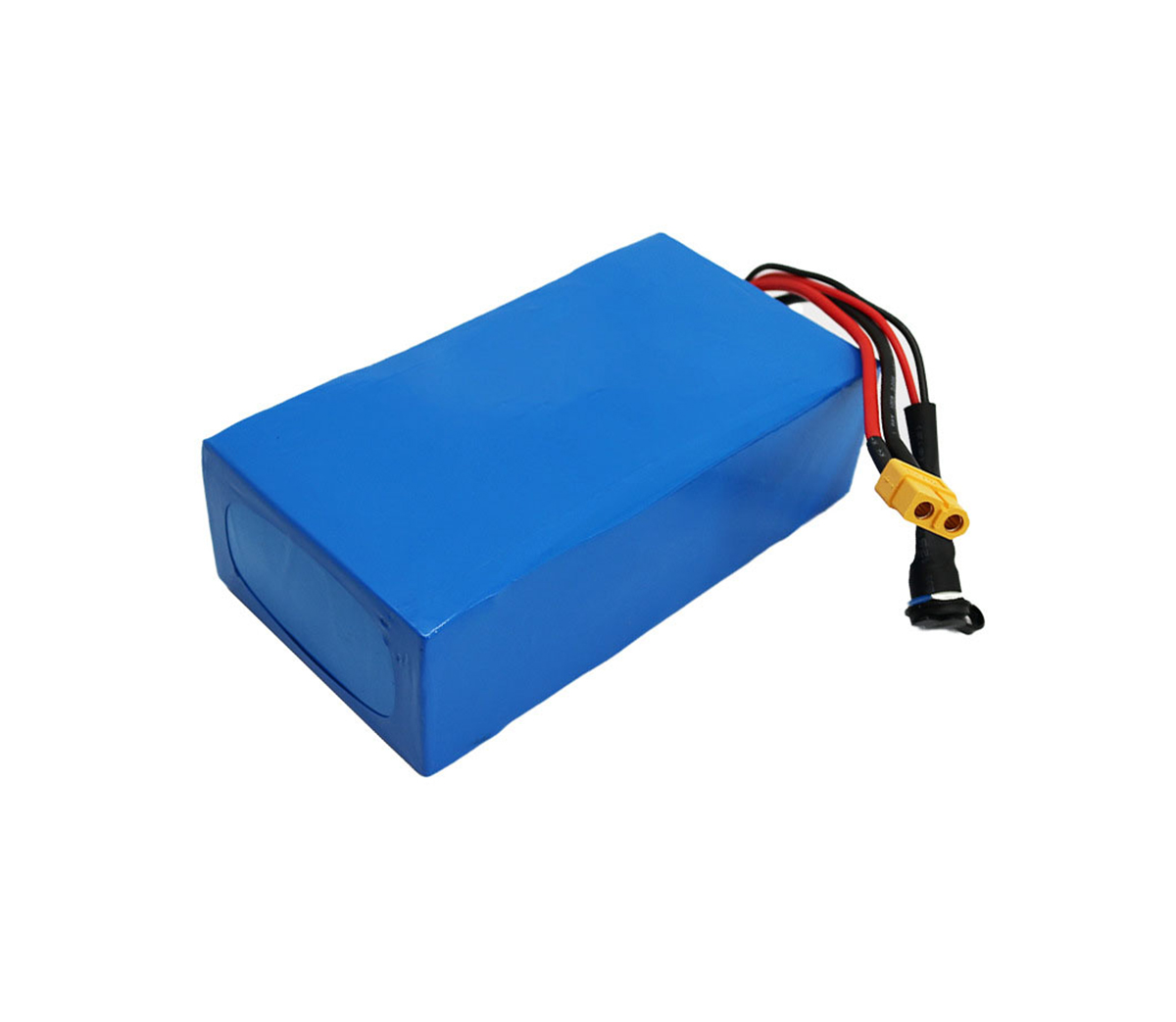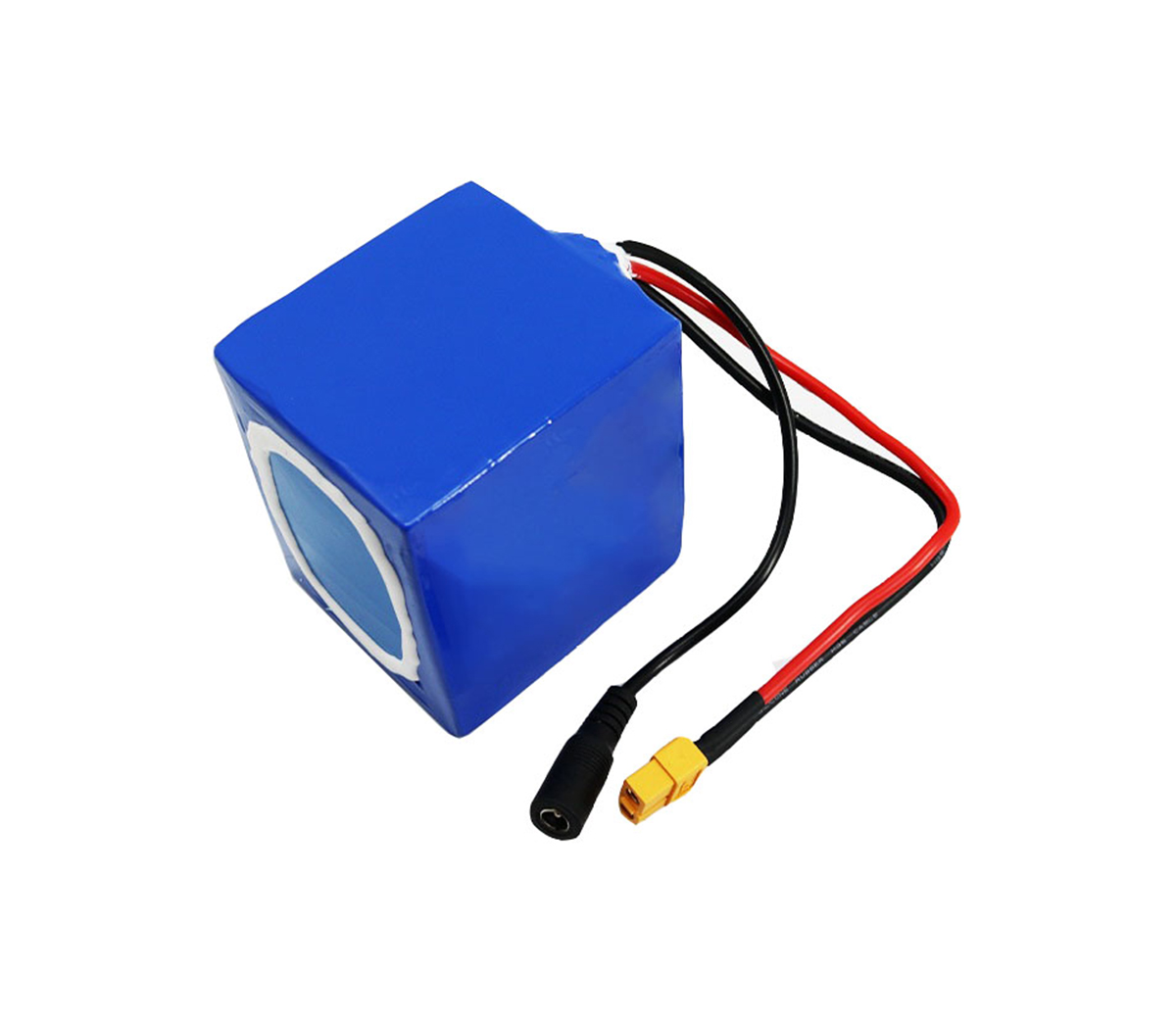
The development of smart phones today, eight-core processors, 3GB storage,
and 2K screens have become very common. It can be said that the hardware
configuration of mobile phones has the qualification to compete with PC
computers. However, the development of one accessory is very slow. It is the
battery. A few years have only evolved from a lithium battery to a lithium
polymer battery. Batteries have become a bottleneck that plagues the further
development of smart phones.
The development of smart phones today, octa-core processors, 3GB RAM, and
2K screens have become very common. It can be said that the hardware
configuration of mobile phones has the qualification to compete with PC
computers. However, the development of one accessory is very slow. It is the
battery. A few years have only evolved from a lithium battery to a lithium
polymer battery. Batteries have become a bottleneck that plagues the further
development of smart phones.
It is not that mobile phone manufacturers have not noticed the battery
problem, but they have been stuck in the battery technology that has been
stagnant for many years, and cannot solve the problem from the root of the
battery before the emergence of creative new technologies. Most of the mobile
phone manufacturers have taken a different approach. Some have made great
efforts to increase the size and thickness of the battery to achieve higher
capacity; some have opened their minds and introduced solar energy technology
into mobile phones; some have vigorously promoted Wireless charging technology;
some develop external protective shell batteries and mobile power supplies; some
try to add power saving modes at the software level, and so on. But these
methods can only be said to be helpless.
Fast charging technology is not new
Galaxy S6's "fast charging" sounds great, but this is really not a new
technology. As early as the era of MP3 players, fast charging technology has
appeared and is widely used. The most representative one is Sony. Sony’s MP3
players can be used for 90 minutes after three minutes of fast charging. Fast
charging technology was later used by manufacturers on mobile phones. However,
as mobile phones are more sophisticated, more attention needs to be paid to
charging safety.
The current mainstream fast charging technology
1, Qualcomm QuickCharge2.0
The QuickCharge technology has been developed to version 2.0. Compared with
the earlier QuickCharge version 1.0, the new specification increases the
charging voltage from 5V to 9V (maximum 12V), and the charging current is
increased from 1A to 1.6A (maximum 3A). The current increases the output power
by a factor of three. According to Qualcomm official data, QuickCharge2.0 can
charge a smartphone with a battery capacity of 3300mAH to 60% within 30
minutes.
2, MediaTek PumpExpress
MediaTek’s fast charging technology is divided into two specifications,
PumpExpress and PumpExpressPlus. The former provides fast DC chargers with an
output power of less than 10W (5V), and the latter provides chargers with an
output power of more than 15W (up to 12V). The charging voltage of the constant
current stage can be continuously adjusted according to the change of the
current on the VBUS, and the maximum charging speed is 45% faster than the
traditional charger.
3, OPPOVOOC flash charge
VOOC flash charging technology came out with OPPOFind7. It is different
from Qualcomm QC2.0 high voltage and high current mode. It uses a mode that
reduces voltage and increases current. A standard 5V charging head can output
4.5A charging current, which is better than normal charging. It's 4 times
faster. The principle of realization is mainly to use 8-contact battery and 7pin
data interface. Ordinary mobile phones use 4-contact battery and 5pin data
interface. The extra 4 contacts and 2 pins serve VOOC. It only takes 30 minutes
for Find7 with a 2800mAh battery capacity to recover from 0 to 75%.
QC2.0 is easy to popularize and VOOC is more efficient
Finally, I will summarize the three fast charging technologies. Because
Qualcomm QuickCharge2.0 is integrated in the processor, and Qualcomm processor
has a high market share, it is easier to popularize than the other two. At
present, there are fewer products using MediaTek PumpExpress, and the cost is
lower than Qualcomm. However, stability needs to be verified; the charging speed
of VOOC flash charging is the fastest among the three technologies, and the
low-voltage mode is safer. The defect is that it is currently only used in its
own products. It is said that OPPO will bring the second generation this year. I
wonder if the flash charging technology can be improved.



































